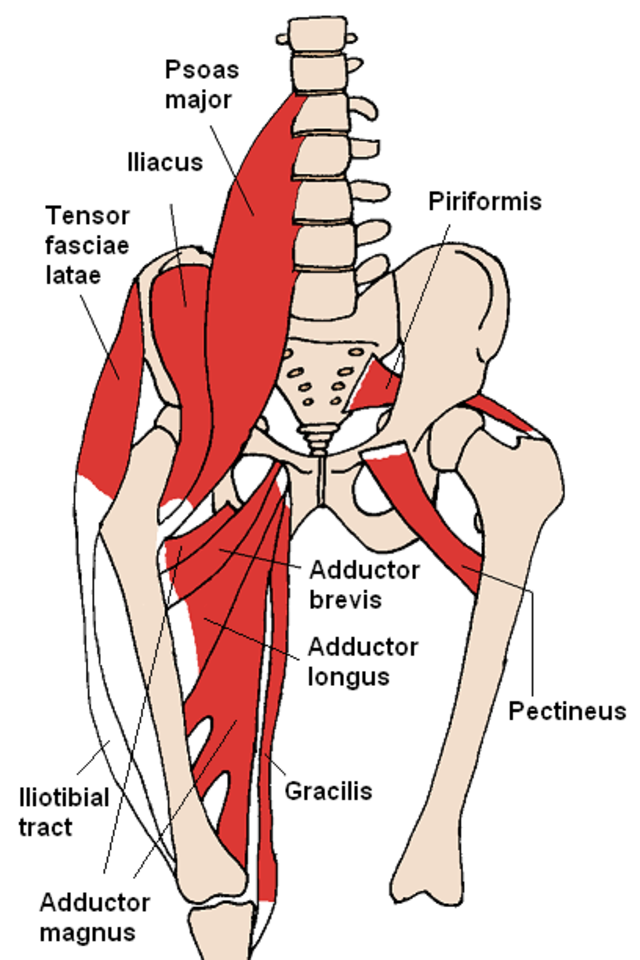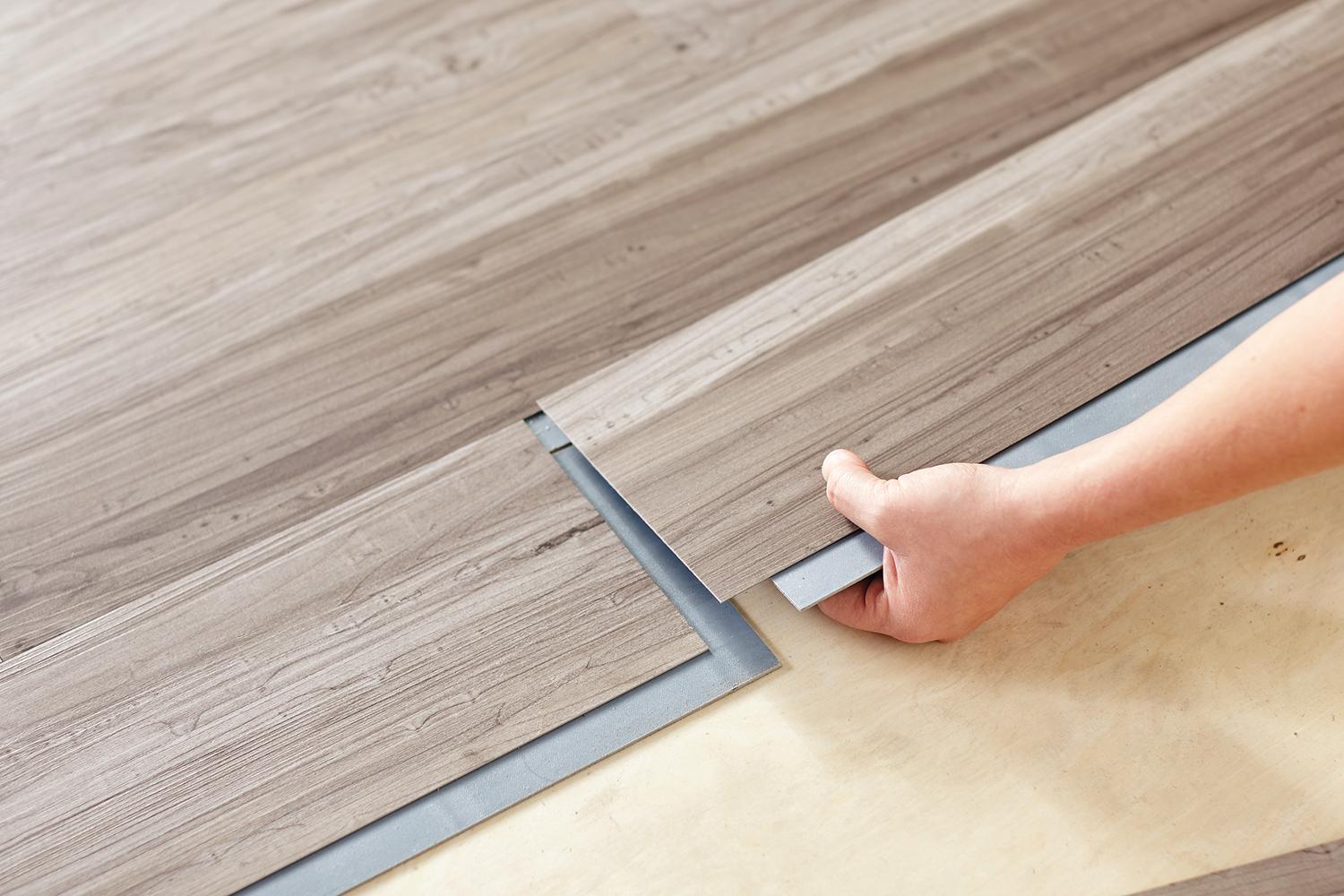What does "Tier 3 COVID mitigation" mean for you as a dancer? (November update)
/The current third wave of rising COVID-19 cases has prompted Illinois state officials to put forth new regulations for businesses - including dance studios. Here’s what the “Tier 3” regulations mean for dancers like you.
Since the beginning of the coronavirus pandemic, Illinois has had more than 600,000 confirmed cases leading to around 11,000 deaths. Unfortunately, previous safety measures have been ineffective at decreasing the number of cases, and as the third wave of cases begins right before the holidays, it is important now, more than ever, to try to limit the spread of the disease.
Going into effect starting at 12:01 AM Saturday, November 21st, Governor Pritzker has put into place a series of COVID-19 mitigation efforts for businesses described as “Tier 3.” The main purpose of these changes is to limit the spread of the disease and to minimize the burden on the hospitals, as cases may still continue to rise.
But how does Tier 3 affect me as a dancer?
Importantly, it is key to recognize that Tier 3 is not a “shelter in place,” the safety measures that were initially taken when COVID cases were spiking early in 2020.
First of all, your dance studios will likely be closed. This is done out of safety concerns for staff, employees, and fellow dancers. According to Tier 3 measures, dance studios are classified as “health and fitness centers". The Tier 3 regulations suspend all indoor classes for these businesses.
Given the desire to balance continuing with dance and the safety of ourselves and our loved once, we should think about the question:
“How can I continue to get dance lessons, and how can I continue to support my local dance studio?”
Here are three steps that you, as a dancer, can take to continue improving yourself during the Tier 3 regulations.
Look into booking private lessons. The instructors are your studio are still working dancers, so most of them will continue to offer individual lessons. Contact the studio owners and ask for instructors by name. You’ll want to let them know that you are interested in taking private lessons from the instructors. Private lessons tend to be a little more expensive, but this is one efficient way to keep up your dance skills while also supporting the local economy.
Even in a private lesson, you will be wearing masks and social distancing while dancing. This one is really common sense by now. Wearing a mask is an effective method to limit to dispersion of saliva, which is known to carry the virus. Spacing out more than six feet physically from the dance instructor is also effective. Realistically, you’re already used to this. For months now, most dance studios have put these regulatory precautions in place. In a private lesson, this isn’t any different.
Take digital classes. Most dance studios are offering online dance classes instead of in person classes. Many times, this option allows you to sign up for a particularly class by signing up in advance, then the class will be livestreamed using a service such as Zoom, Facebook video, or YouTube live. Another possibility is that the studio will record the instructor teaching a class, then upon paying for the class, you will get access to the video.
These digital classes are typically the same price as an in person dance class, with the advantage that you don’t have to travel anywhere. For prerecorded classes, you also have the freedom to take the class on your own time. Sometimes, you may even get the bonus of getting to replay sections of the video to rewatch or to reteach yourself. For people who a bit more shy, digital classes may even be preferred over the in person experience.
Taking online digital dance classes can be enhanced even further by taking step 3:
Build your own home dance studio. Now that you are at home more than normal, you may have the extra time to work on building that home dance studio that you’ve been planning for years. Dance mirrors can be easily ordered from Amazon, and flooring can be purchased from any major big box home improvement store. You can use your home studio for practicing, working on choreography, or while taking your digital classes.
This page has a few suggestions for building your own home dance studio, and links can be found here:
Building a home dance studio: Finding mirrors
Acrylic mirrors for building your home dance studio: a glass alternative
All in all, the COVID pandemic has definitely hurt everyone across the board. By taking these precautions, we hope to curb the spread of the disease, which will let everyone get back to dancing like normal sooner rather than later!












